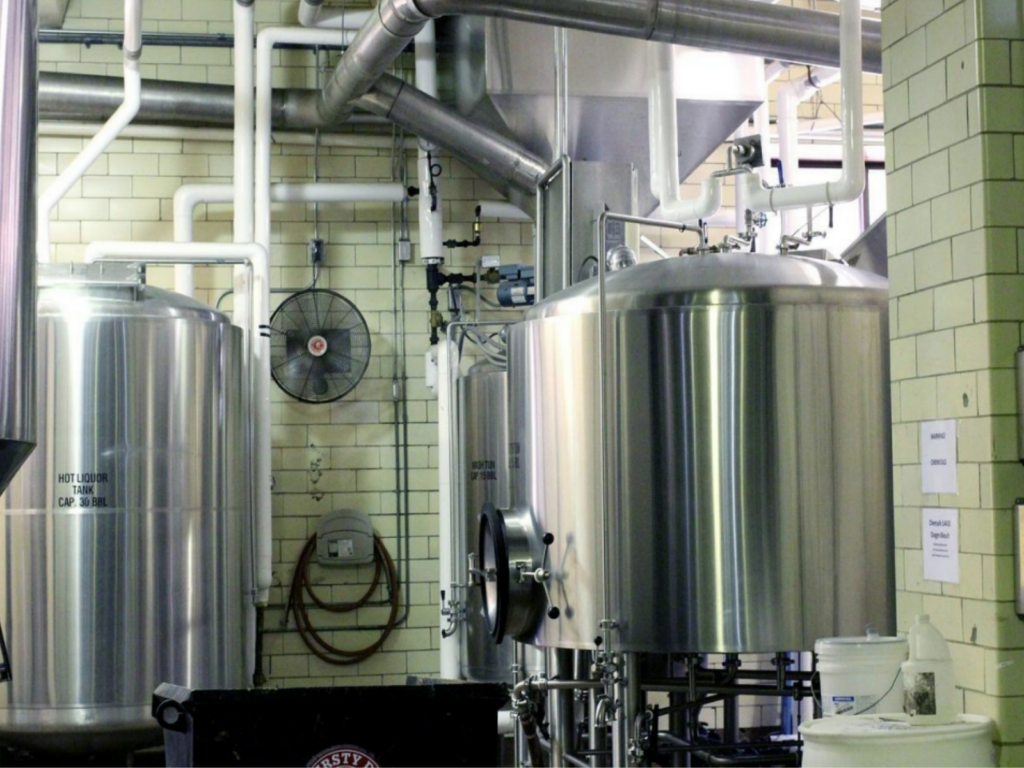Decarbonizing industrial process heat: the role of biomass
This report highlights the opportunities for bioenergy technologies to deliver heat in industry and compares it with alternatives for decarbonisation such as CCS, electrification and hydrogen. The report provides specific policy recommendations to accelerate its adoption.
Role of biomass in industrial heat
Bioenergy is currently the largest source of non-fossil industrial process heat, largely because of how forest industries utilize internally generated residues and by-products to e.g., dry timber in sawmills and produce process steam in pulp & paper mills. However, when it comes to broader opportunities of biomass for industrial process heat, it is key to understand the heterogeneity of diverse biomass feedstocks. There are many pathways by which the feedstock can be converted into process heat, including direct combustion but also by way of pre-processing like torrefaction, gasification or liquefaction. These can be used to produce biomass-based fuels that are quite similar to the fossil fuels currently in use and hence, in principle, biomass can meet most industrial process heat requirements. Costs of biomass (and required pretreatment) vary greatly between locations which makes it difficult to make general statements about cost competitiveness of biomass as a source of industrial process heat.
The opportunities for biomass to provide industrial process not only depend on the technological demands of the process itself, but also on (local) feedstock availability and how appropriate fuel logistics systems can be set up. Close collaboration between different supply chain actors and long-term fuel supply contracts can often be key to provide the certainty needed to reduce investor risk.
While there is a need for a broad and multi-faceted set of policy measures to meet the steep challenge of achieving net-zero emissions by 2050, the short timeframe and the radical changes needed will require focus on a few select policy measures that are particularly important to meet challenges that are specific to the industrial sector. Some examples:
- Scale up-funding to bridge the demonstration project valley of death ® to overcome the barriers related to high upfront investments in immature technologies
- Making carbon pricing work for companies working in global markets ® avoid reduced competitiveness of industries within the jurisdiction relative to competing industries outside the jurisdiction
- Creating demand for low GHG products that may be more expensive than conventional products. Potential measures are public procurement regulations or sector decarbonisation targets.



